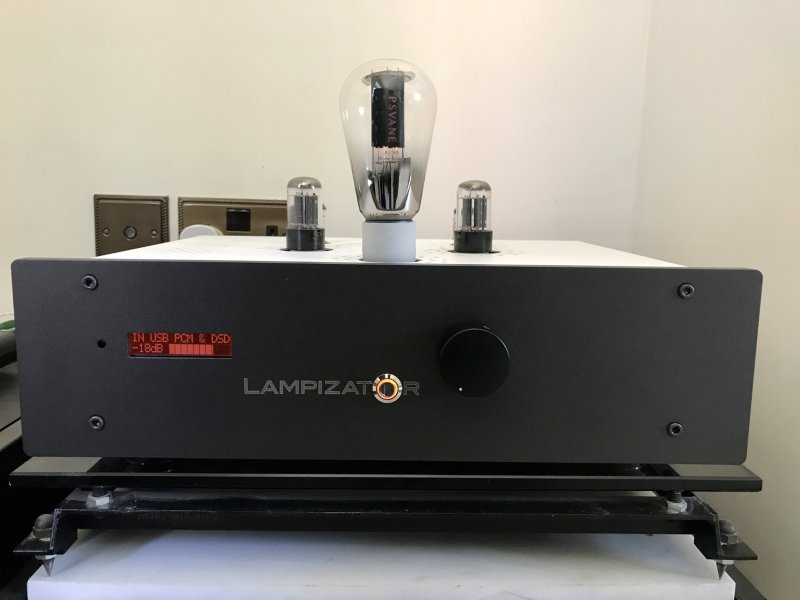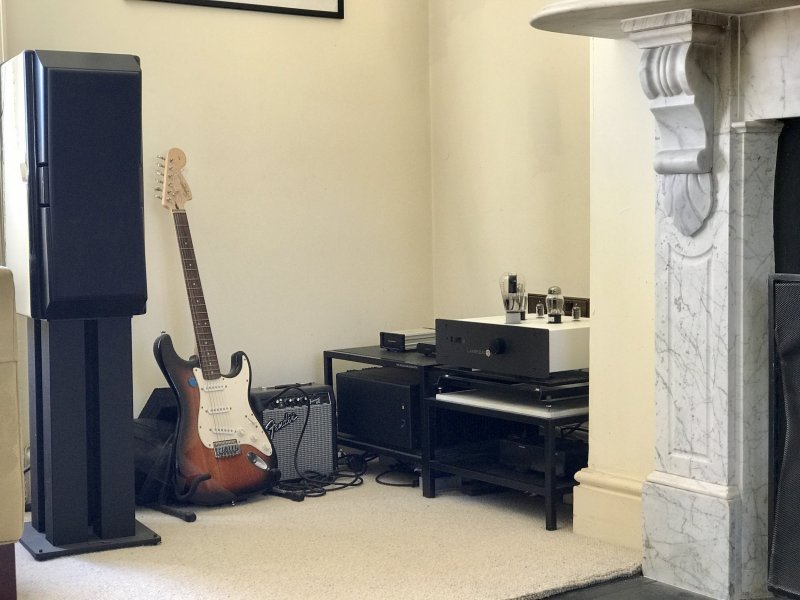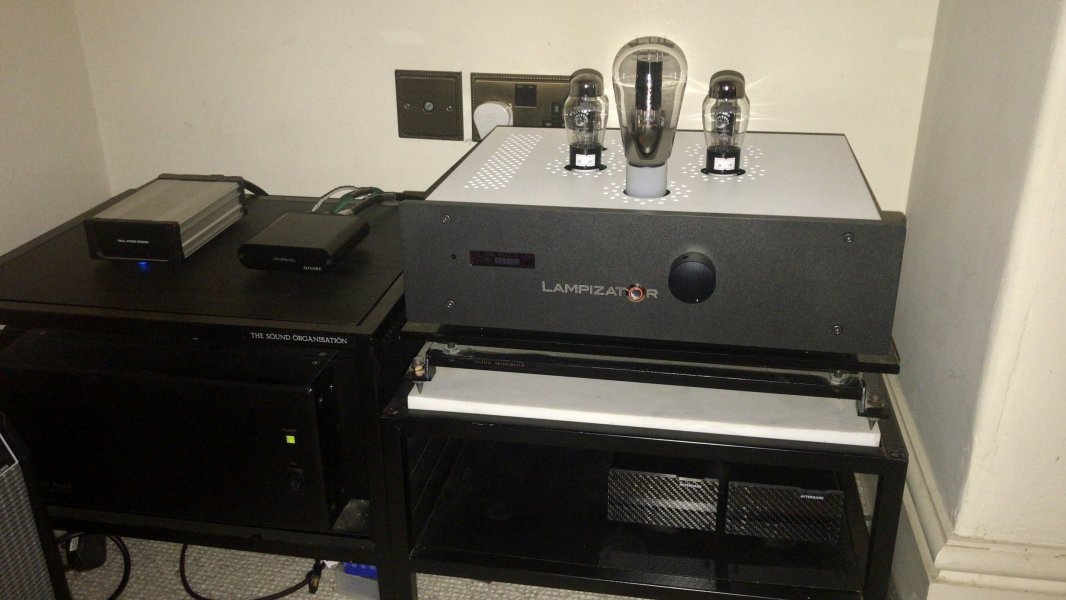Ron,
it is difficult to separate the effects.
K50 and Zenith do some things in common, some not, I will try to explain.
Both units have 2 data sources,
- external Ethernet (LAN) (for NAS, Tidal, Qobuz streaming, Roon)
- Internal SSD (for your personal music file storage
Both units are used as Roon Core server
- Ethernet connection must be on all the time
Both units can "convert" the data to serve the following outputs:
- Ethernet (LAN) in different protocols
- USB
To actual listen to music, this USB or LAN transmitted data must be translated into files a DAC can work with,
if it is DSD or PCM. The most DACs use native PCM and transfer DSD to PCM. Some DACs have native DSD and PCM on board and route the data accordingly. The conversion of the Data is a big performance driver in the different DAC Designs.
Some do use asynchronous USB , some not and so on.
My former Nyquist had 2 DAC chips integrated and was able to read Ethernet (LAN) or USB data as well, using a Brinkman specific USB / LAN board. But many DACs do use standard OEM boards, may be tuned with an extra precise clock module.
This is, where the difference from K50 to Innuos comes into place. Antipodes philosophy is to split the Musikserver and the Musikplayer into 2 different units in one chassis. They even have different Ethernet IDs. The internal Music player than feeds a digital output board which converts the data into I2S, SPDIF or AES/EBU format on a high quality. This native PCM data can easily be understood by any DAC. The Computer Power and the Clock quality of the K50 is better, than the OEM boards the most DAC producer choose for this function.
In principle the K50 can bring former DAC heroes, like Wadia 27iX back to life, as now USB input is needed.
(If you believe, your DAC has a perfect interface for this function, the K40 with USB and LAN output only would be the choice, if you own a streamer with only LAN input, the K30 with LAN output only is the choice.)
Because of this differences in functionality and chosen connection, I cannot compare Innuos and Antipodes in my old and new set up. In my new set up the K50 delivers a quality, which is in correlation with the higher price, so it is now over all much better than Zenith plus Nyquist. The direct competitor for the Music Server would be the Innuos Statement. I never did a shoot out between the two, as I was looking for a proper AES/EBU output.
As the new set up is more transparent, the data quality coming through the LAN connection becomes more vital. I compared Melco S-100, Bonn N8 and Innuos Phoenix Switch prior K50. In my personal set up the Innuos Phoenix NET was the best choice to improve the incoming signal. Since than I even like Tidal or Qobuz streamed music, before I always preferred the SSD stored files.
Lampi DACs like to burn Tubes in relatively short hours, my gear is running very often 8 to 12 hours a day, so I do use a solid state DAC in parallel to just give me some back ground music during the day
@home (Corona home office times...)
My old Wadia X32 DAC is playing wonderful with K50, which underlines, that some old DACs can do real music,
if feeded with a very good digital signal. I never tried an old DAC with clock input, as the K50 provides a master clock output.
Old DCS or Esoteric DACs for example can use this connection.
Coming back to Baltic 3.
I do prefer the AES/EBU input over the USB input.
(Using for both connection a Wireworld Platinum silver cable)
I have both ways connected, as sometimes I like to listen to native DSD files, which is not possible with AES/EBU.
Antipodes recommend to connect this USB cable only when needed, otherwise it would compromise the quality of the AES/EBU connection, as the USB cable can carry distortions, even if the input is not chosen.
Hope that helps














